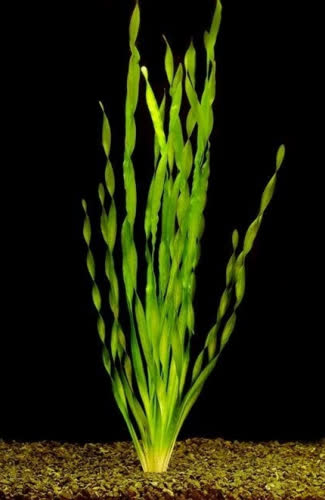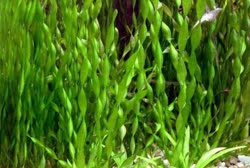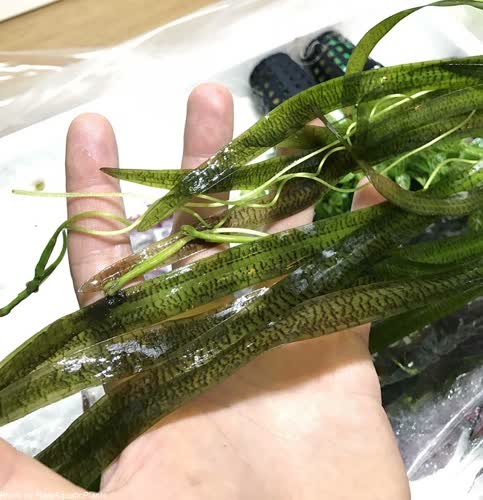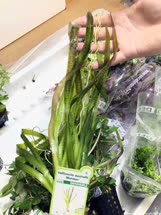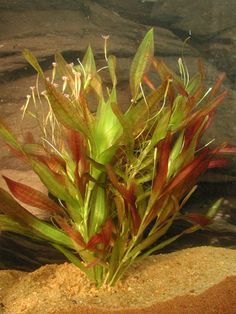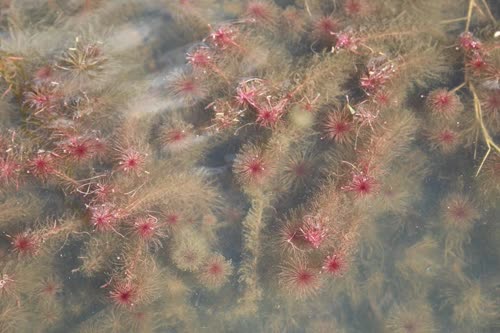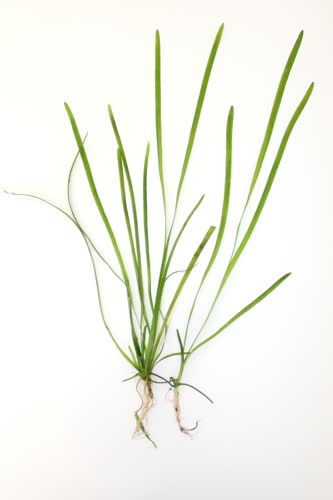|
Grass-like Lowden in 1982 published a monograph placing all species into one of two taxa each with two varieties, however the differemtiation of species was near imposstonl eand it di dot clinuee gthe uboresale spcies.
|
|
Grass-like
|
|
Grass-like
|
|
Grass-like |
|
Caulescent Caulescent ("has a stem") species |
|
Grass-like
|
|
Grass-like
|
|
Grass-like
|
|
Caulescent Caulescent ("has a stem") species |
|
Grass-like
|
|
Grass-like |
|
Grass-like
|
|
Caulescent Caulescent ("has a stem") species |
